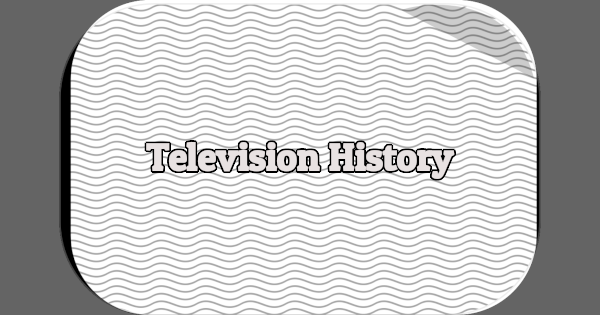I wish I had the full report on this survey, because what little I do know is quite interesting. In short, equal numbers of television set owners in 1947 were satisfied with available programming and dissatisfied. The survey was conducted in late 1947 by William Bethke, the general education director for Chicago’s LaSalle Extension University. It revealed that 62% of television set owners would pay a “reasonable fee” to receive “additional transmissions of first-run motion pictures, Broadway plays, newsreels and championship sports events not available on free television [1]. The survey reached 9,341 owners in New York City, Philadelphia and Chicago (plus parts of Connecticut and New Jersey) and also found that just 45% of them were satisfied with current programming [2].
The New York Times reported on the survey on January 5th, 1948, which means it must have been conducted during late 1947, although the actual period covered by the survey is unknown. According to Bethke, the Zenith Radio Corporation suggested the survey; Zenith had recently developed a system that would allow fees to be charged for premium content. Geographically, the highest approval for current programming was in Chicago (52%) followed by New Jersey (51%), Philadelphia (43%), New York City (42%) and Connecticut (40%) [3]. It should be noted that the programming available to viewers in each city/state varied drastically and thus their satisfaction was based on different shows.
Based on their dissatisfaction, it should come as no surprise that viewers in Connecticut were most willing to pay for premium programming (76%), followed by Chicago (70%), New York City (64%), New Jersey (52%) and Philadelphia (49%) [4]. Further details on the survey were published by The Chicago Tribune on April 4th, 1948. While 45% of set owners were dissatisfied, another 45% were satisfied; six percent replied “yes and no” and the remaining four percent had absolutely no opinion on the matter [5].
Of set owners, 36% didn’t want to pay for premium content and two percent either had no opinion or were undecided [6]. They felt sponsors should be willing to pay for better shows, that television should be just as free as radio (it was the American system, after all) and that paying for premium content would be “new graft” [7]. Those supportive of a pay system called current programming terrible, repetitive and obsolete but did want to see the fees “kept within reason and free from political hand” [8].
According to the article, respondents felt there were too many sporting events on television, there was a need for greater variety, additional (and better) programming for women and less repetition of old movies [9]. Said Bethke, set owners “realize that television cannot satisfy every one. They are appreciative of what television has accomplished and, considering the state of the art, accept what they get with resignation and hopefulness. They are confident that programs will get better. They emphasize that sponsors will supply better programs as the number of receivers increases” [10].
The sort of pay television envisioned by Zenith didn’t materialize until the 1970s when Showtime and HBO were launched. Although there may have been support from viewers, there wasn’t from the television industry. Plus, it’s likely many viewers were content with the network programming that emerged in the 1950s, with less repetition, better selection of movies, more programming for women and higher profile sporting events.
Works Cited:





With the way most television appeared in 1947-’48, naturally some viewers wanted something “better” than endless sports telecasts [didn’t they realize THAT kind of programming was the quickest and cheapest way local stations and networks had to generate TV schedules? What else DID they have? Some old movies, a few live interview, demonstration, variety {without “live” music, due to Petrillo’s AFM ban against union musicians on TV}, dramatic and comedy shows eminating from cramped studio quarters? Of course…but even then, people expected MORE that television was supposed to offer them. That’s when the idea of “subscription TV” began to surface, and there were some “experimental” pay TV services during the ’50s and early ’60s [note the October 1963 Hartford newspaper TV listings, in another article, had an independent station that beamed “subscription TV” at night), but the broadcast industry usually had a strong lobby to keep those services at bay in most areas…until the early ’70s, when “cable” started to take hold.